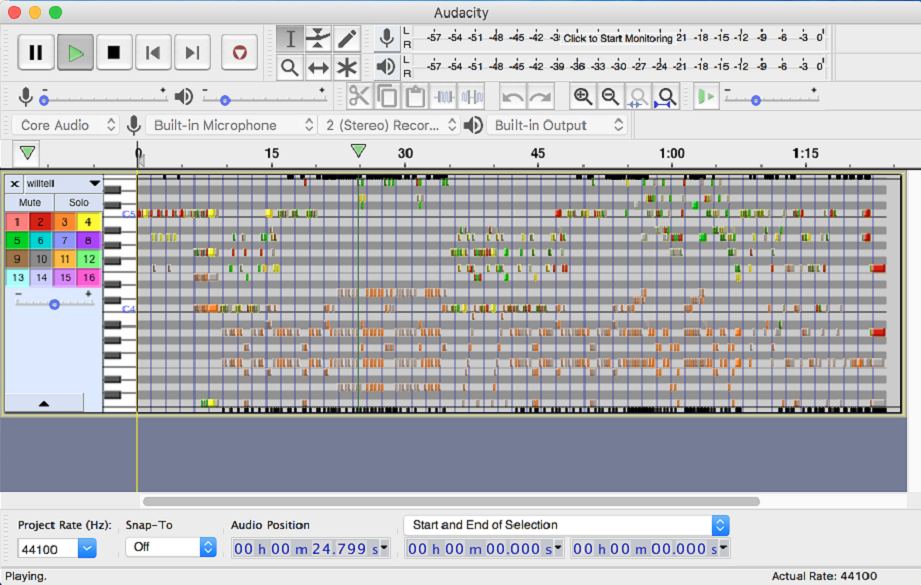We’re living in an age where both minimalism and storage are everything. This is as true in the tech world as it is in the home décor industry.
Think about it. How many programs do you have on your PC that you never use? They will undoubtedly be taking up precious space. This is why many PC and laptop users choose to uninstall unwanted programs.
Essentially this is one of the most common tasks performed. Cleaning isn’t just reserved for spring, after all! But how do you do it?
In this How To Article we will explain how Windows 10 users can uninstall unneeded programs, without any hassle.
Windows 10, of course, still has the tried and trusted Programs and Features control panel menu that we enjoyed with Windows 7 and XP. However, it will not actually delete modern apps.
That being said, there is still a simple way to do so. We’re going to explain the process in just seven simple manual steps. Then we will share with you some Clean-Up Software to help make life a little easier. This type of software can help banish stubborn programs and the hidden files created by them.
But first, why should you uninstall programs on Windows 10?
As we said, if you have some unused or unwanted programs the best thing to do is uninstall them. Don’t worry, in most cases you can always reinstall them if circumstances change.
According to TechTalk, there are “various ways” in which this can help your computer or laptop. First of all, you will be getting more space available in your hard drive – which is always good news!
Uninstalling unwanted programs can also increase your computer speed as a result. This is because they will not be running in the background, so your device can get on with the tasks that matter.
It also enhances your security. Come on, we’ve all ignored updates from programs that we don’t often use. Don’t be foolish in thinking updates are only for getting new, shiny features.
Updates are important for addressing security vulnerabilities. So, if you’re not going to give time and attention to the app you really are better without it.
So, how do you uninstall programs on Windows 10?
- First of all you need to head to your Start menu (where all exciting things begin…).
- Once you’re there, select Settings.
- When you’re in Settings find the System option in the menu and click.
- Look on the left-hand side and choose Apps & Features.
- Now on the right you will see a list of all your installed apps and programs.
- Simply select the apps you want to get rid of…
- You will see an Uninstall option (We really don’t need to tell you what to do here, do we?)
Yes, it really is as simple as that. It’s worth noting though, if you get to step seven you and notice the Uninstall option isn’t available that means you definitely can’t remove it. It’s likely a system app and it would really be in your best interests to leave it well alone.
Is it worth considering Clean-Up Software?
You bet it is. Using a disk cleaner should be on your to-do list every now and then. It will help create more room on your computer, deleting unnecessary data that is slowing down your system.
Doing this while uninstalling programs may be perfect timing. We’re going to list three of our favourite options, after we explain why they’re vital for a happy computer.
Aside from creating more space, like uninstalling programs, you will be more secure after having a clear out. Whether you’re selling your laptop, or you just want peace of mind, clearing your hard drive of personal details and digits is advisable.
A disk clean-up will make sure your private information no longer exists on the computer. It will also remove hidden program files.
Moreover, if you’re having issues with removing programs through Windows 10, this method could also play a part. Now, our step-by-step method is pretty fool proof, but should it fail – a disk cleaner could come in handy.






























Comments